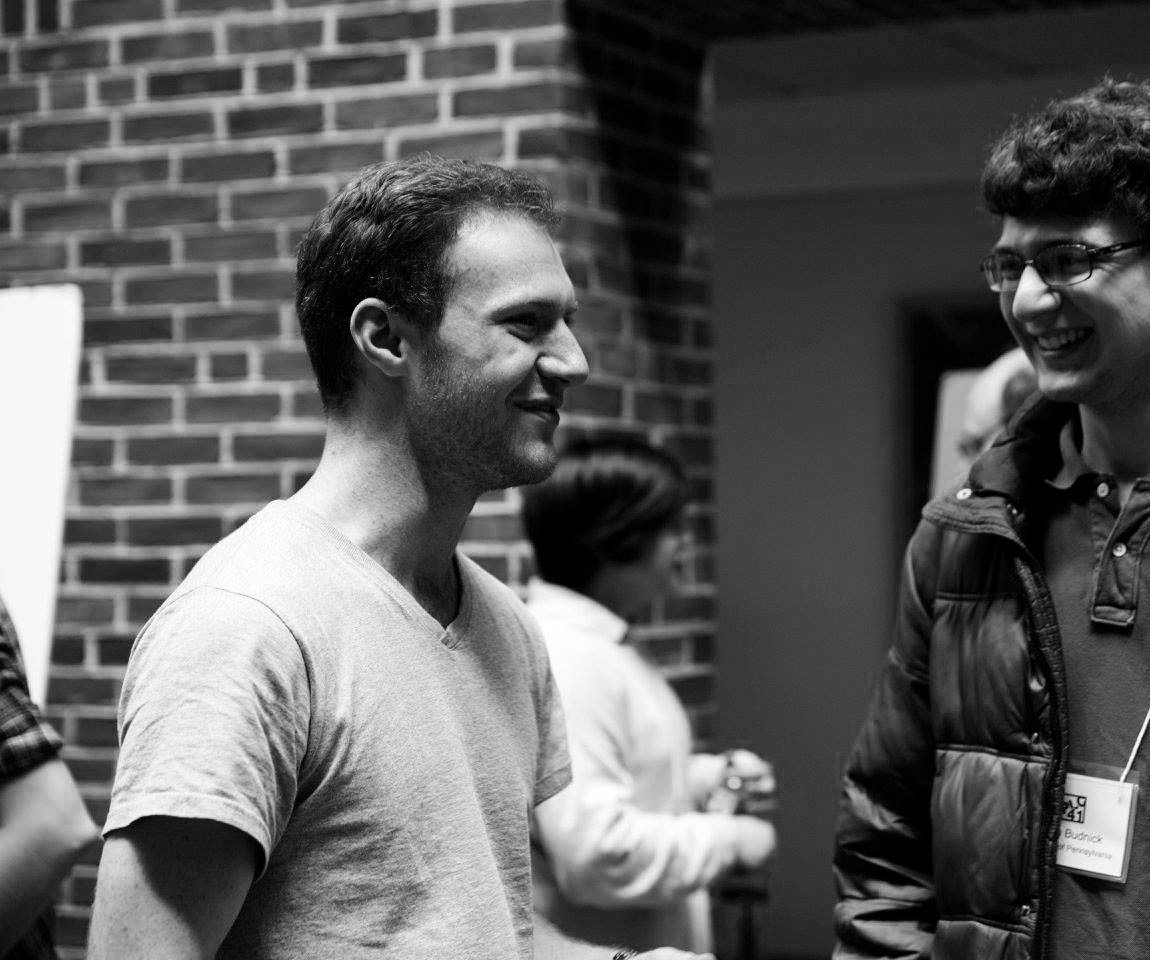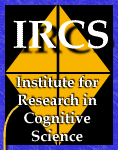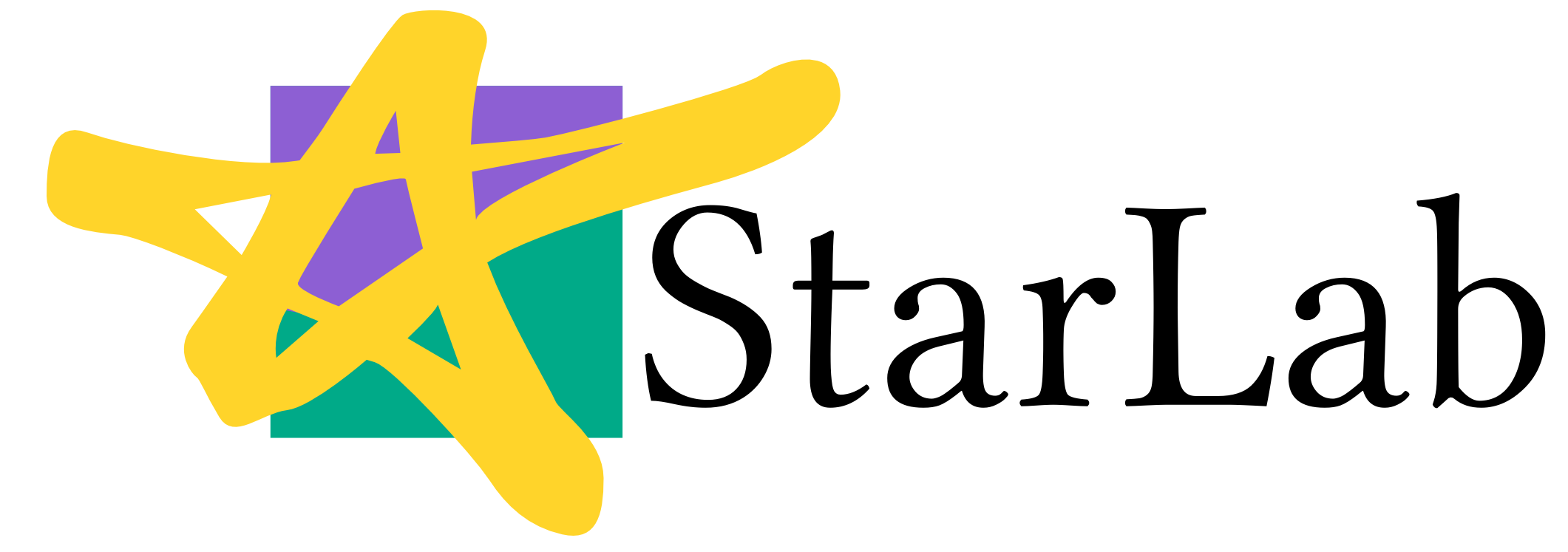I am an Assistant Professor of Linguistics at the CUNY Graduate Center where I direct the Psycholinguistics Lab and am a core contributor to (and interim director of) the master's program in computational linguistics. I am a computational linguist and psycholinguist doing research on questions intersecting linguistics, computation, and cognition, with a particular focus on language acquisition and language processing.
Previously
From 2020 through 2022 I was a Visiting Assistant Professor of Computer Science and Cognitive Science at Swarthmore College. I also spent a year as a postdoctoral research fellow in the Developmental Intelligence Lab and Center for Perceptual Systems at The University of Texas at Austin.I received my Ph.D from the Department of Linguistics at the University of Pennsylvania where I was jointly advised by the wonderful team of Charles Yang, John Trueswell, and Mitch Marcus. I was a member of the Language Learning Lab in the Department of Psychology in addition to the NLP group in the Department of Computer and Information Science.
My dissertation, The Immediacy of Linguistic Computation, investigates the way that language unfolds over time, and the cognitive restrictions this places on language processing and language acquisition.
Way back in the day I completed Undergraduate degrees in Linguistics and Computer Science at Brown University where I worked with Eugene Charniak in the Brown Laboratory for Linguistic Information Processing.
A few papers to highlight
Another model not for the learning of language (in Proceedings of the National Academy of Science)
Now You Hear Me, Later You Don't: The Immediacy of Linguistic Computation and the Representation of Speech (in Psychological Science)
Miller's monkey updated: Communicative efficiency and the statistics of words in natural language (in Cognition)
Online
Offline
365 5th Ave
New York, NY 10016


